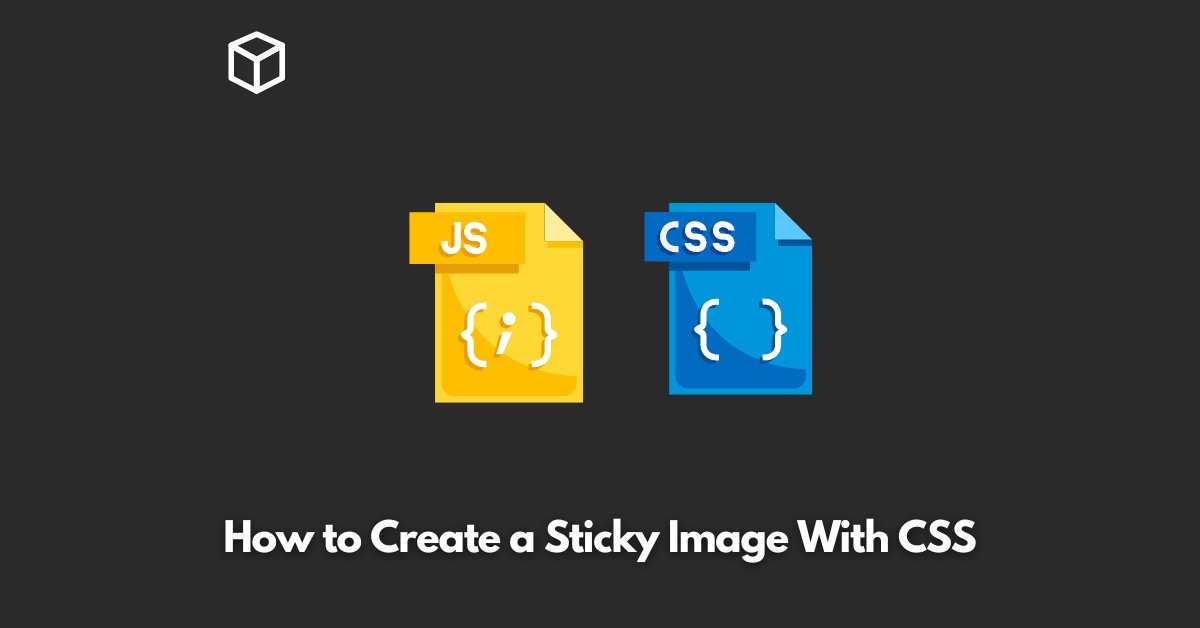Sticky images are a great way to keep important content visible to your website visitors, even as they scroll down the page.
This feature is particularly useful for websites with long articles, online stores, and portfolios.
In this tutorial, we’ll learn how to create a sticky image with CSS.
What are Sticky Images
Sticky images are images that remain fixed in place as a user scrolls down the page.
These images are also known as “fixed position” images, and they’re an essential element of modern web design.
With sticky images, you can keep important content, such as logos or advertisements, in view at all times, making your website more user-friendly and memorable.
HTML Markup
Before we dive into the CSS code, let’s start with the HTML markup. A simple way to create a sticky image is to wrap it in a container with a class.
<div class="sticky-container"> <img src="image.jpg" alt="Sticky Image"> </div>
CSS Styles
Now that we have our HTML markup in place, let’s add the CSS styles that make the image sticky.
.sticky-container {
position: -webkit-sticky;
position: sticky;
top: 0;
}The CSS code above sets the position property to “sticky” and the top property to “0”.
The “sticky” position makes the image stay in place as the user scrolls down the page, while the top property sets the distance between the top of the viewport and the image.
Browser Compatibility
It’s important to note that the “sticky” position is not supported by all browsers.
The latest versions of modern browsers, such as Google Chrome, Mozilla Firefox, and Apple Safari, support the “sticky” position.
However, Internet Explorer and Microsoft Edge do not support this feature.
To ensure that your sticky image works in all browsers, you can use the “-webkit-sticky” position, which is a vendor prefix for the Safari browser.
Conclusion
In conclusion, creating a sticky image with CSS is a straightforward process.
By using the “sticky” position and a simple HTML markup, you can keep important content visible to your website visitors, even as they scroll down the page.
With this technique, you can improve the user experience of your website and make it more memorable.




